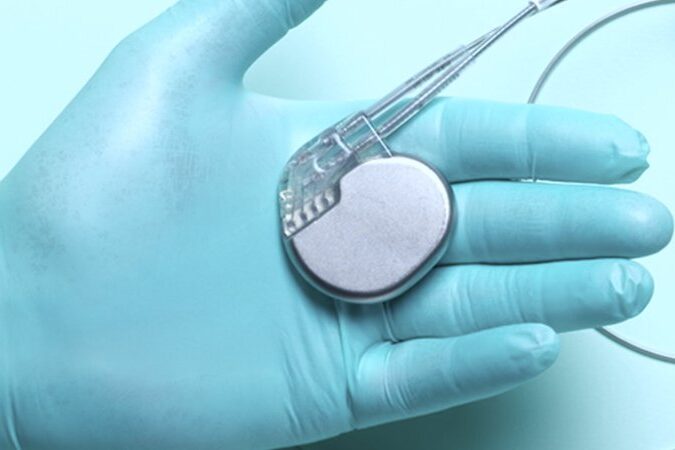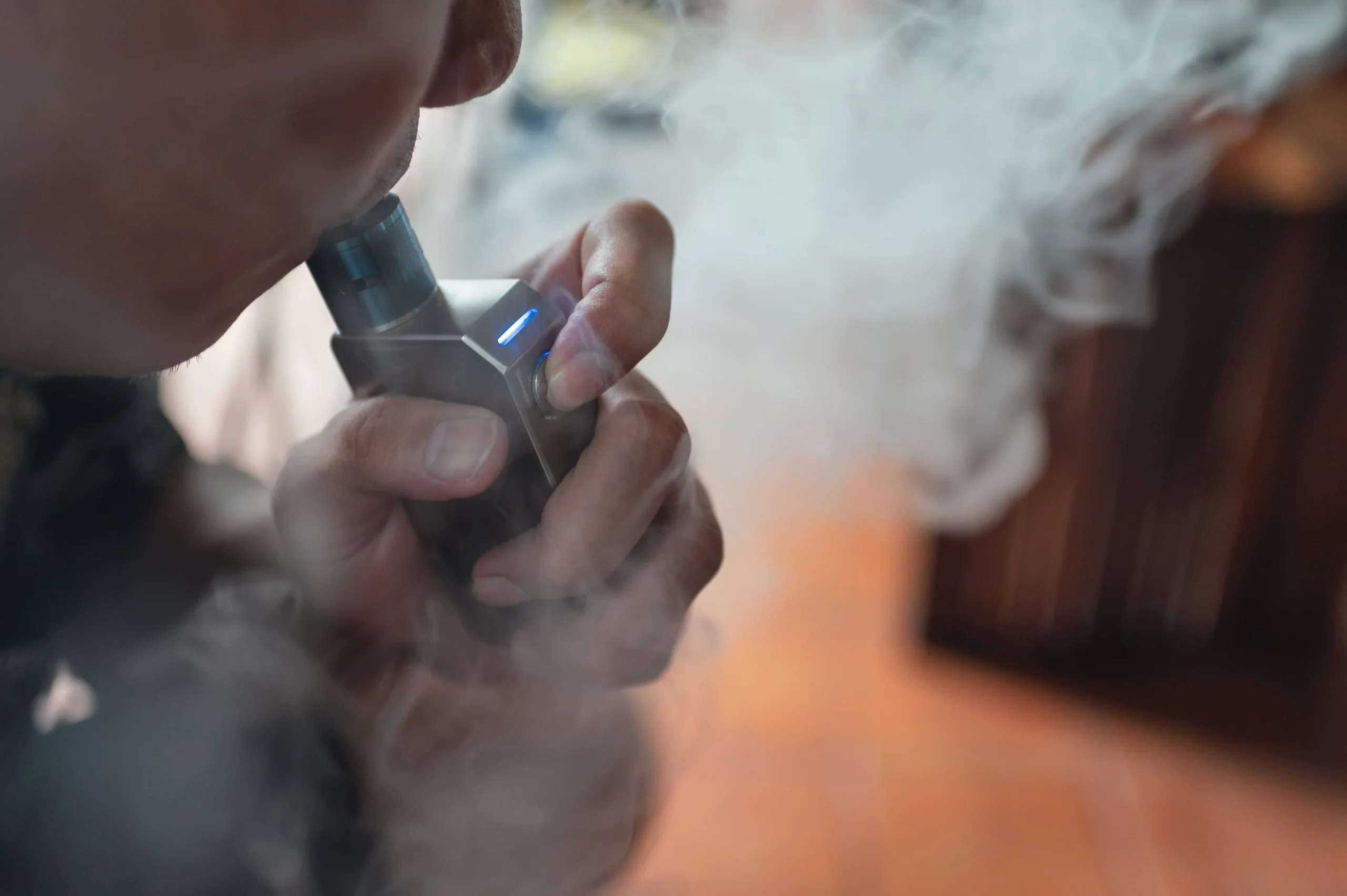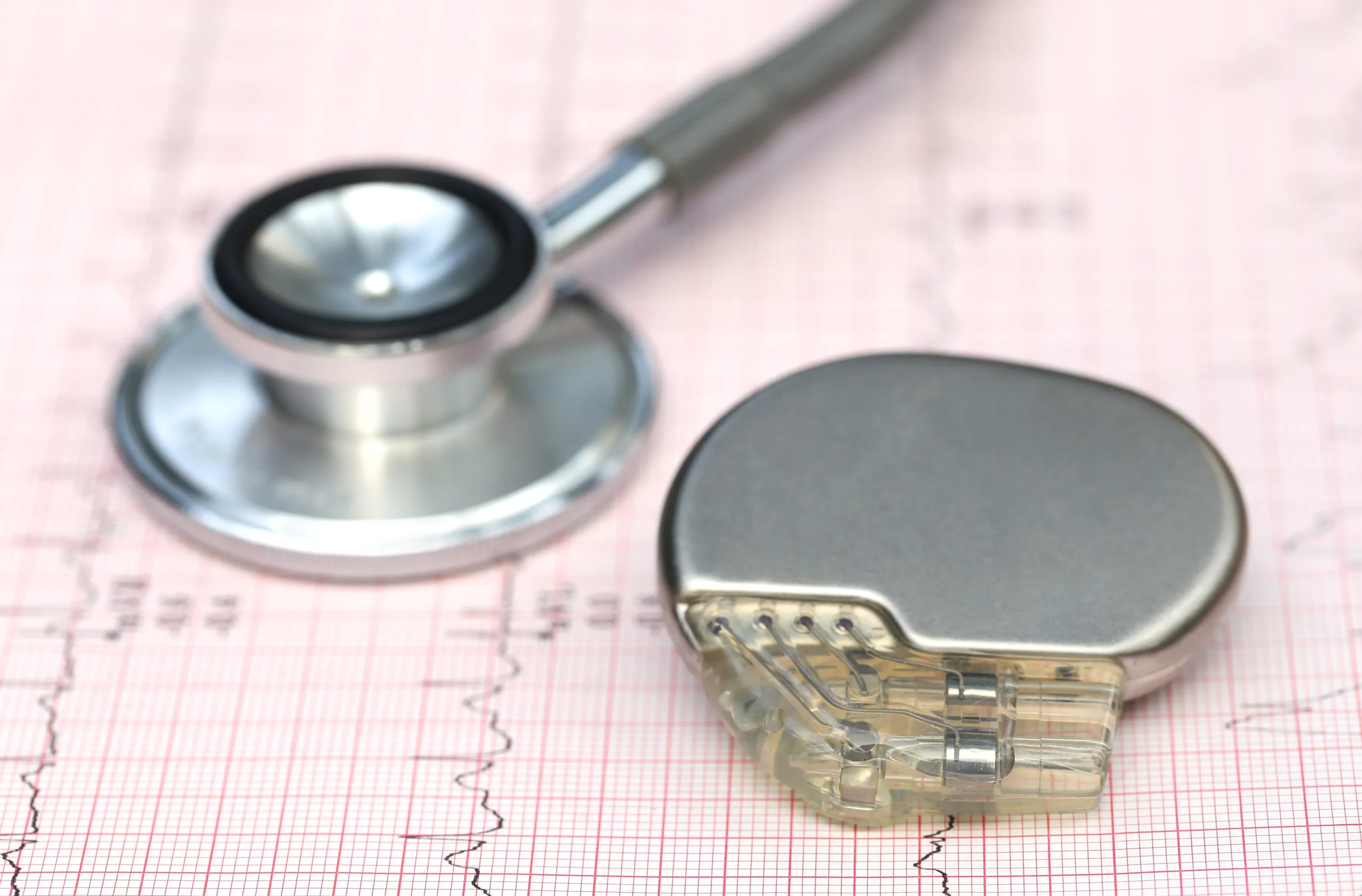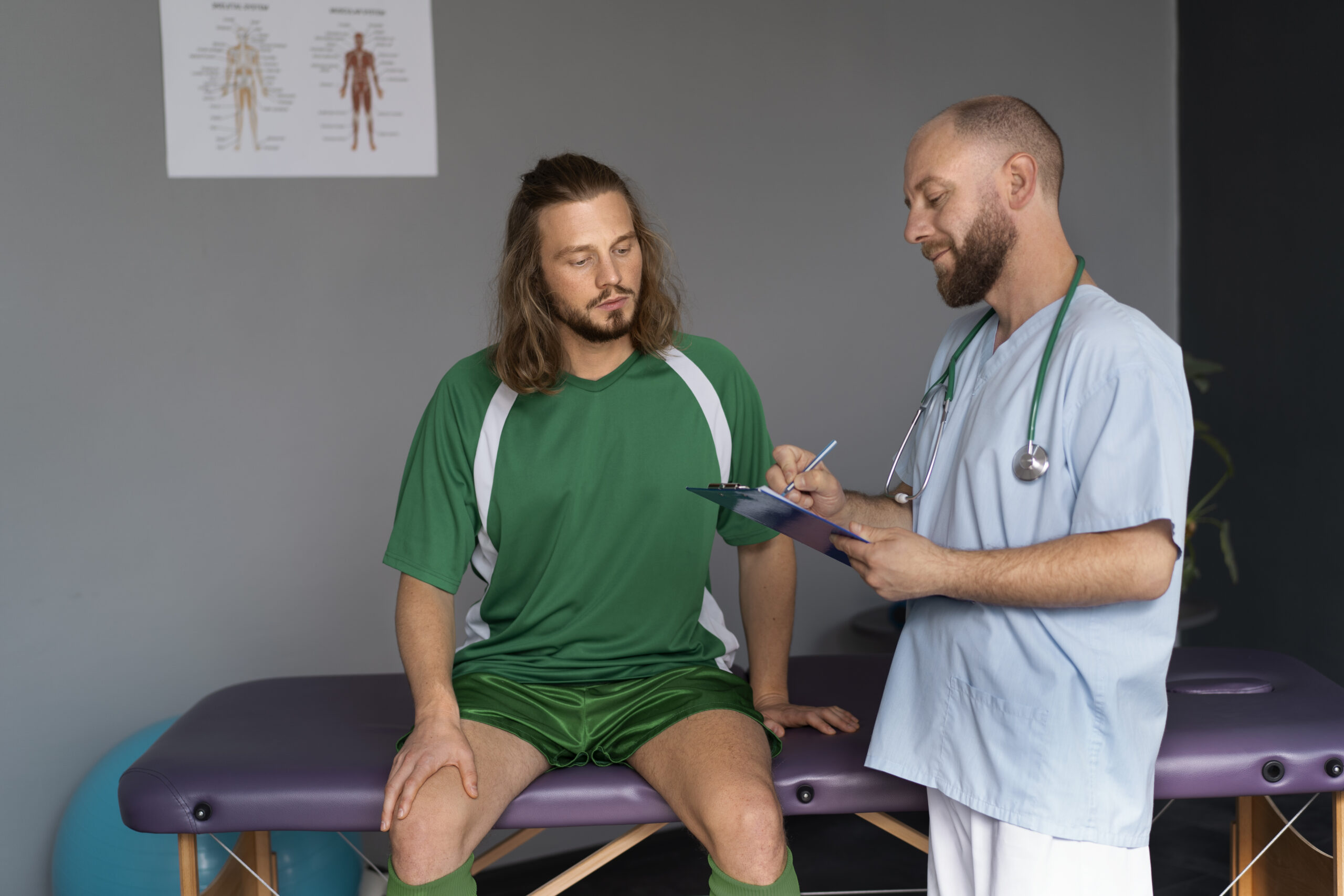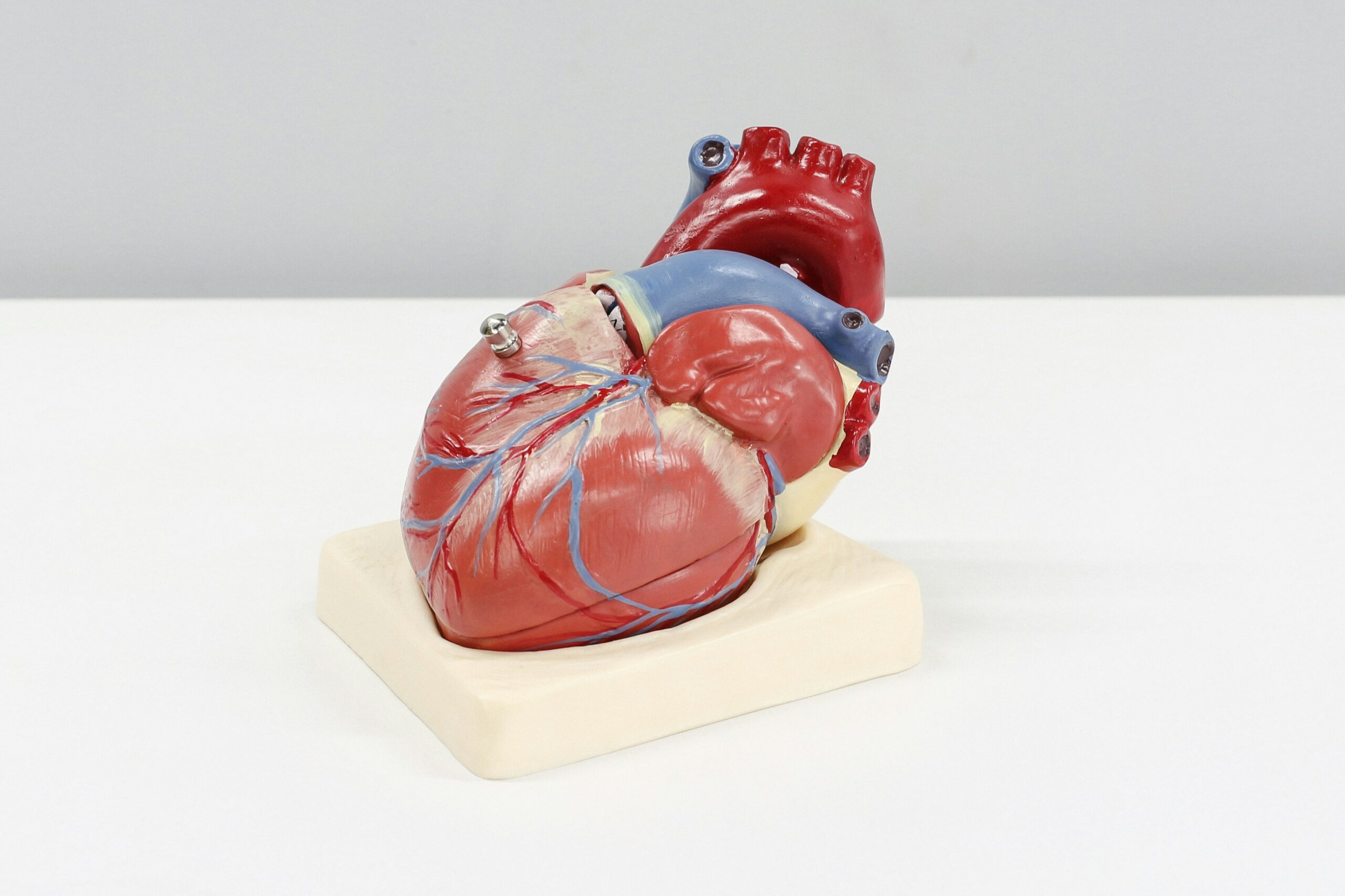If you’re completely new to the world of pacemakers, you may be finding the whole concept slightly daunting.
We all have a basic sense of what heart pacemakers can do, obviously. But how exactly does life change once you’ve had one implanted? And what do you need to do to look after it? Here are five important things to consider as you weigh up the next steps.
Tell key people you have one
Most people won’t be aware you have a pacemaker – they are discrete by design. But certain types of people really do need to be aware. That includes close family and friends, so they know what to do if you have any difficulties. Also: doctors, nurses and dentists who treat or may test or diagnose you with other conditions. This is partly because certain medical treatments and equipment, such as MRI scanners and TENS machines, can cause problems for pacemakers. The key detail is on your pacemaker ID card, which is why it’s a good idea to have it with you all the time.
Be “equipment-aware”
You’ve probably heard that certain machines can be problematic for pacemakers. This really boils down to devices that produce a strong electromagnetic field. While most household items don’t cause issues, some can: experts advise keeping your pacemaker 2ft away from the top of an induction hob, and six inches from a mobile phone. Security systems in shops and airports are generally OK, but it’s best to pass through them quickly. Ultimately, electromagnetic interference (EMI) shouldn’t damage your pacemaker, but it could temporarily affect the settings.
Keep doing your checkups
Regular checkups are an important aspect of life with a pacemaker. How regular comes down to the type of device and how well it’s working for you – it can range from every three months to once a year (you’ll also have a checkup around 4-6 weeks after your fitting). When you come into the clinic, the doctor will use a special device to check your pacemaker’s battery life and settings, making adjustments if necessary. They will also assess the connecting leads to the heart on your device.
Avoid hard-impact sports
Resuming exercise is one of the great benefits of having a pacemaker – after all, it’s good for your heart health. That said, there are limits to what you should take on. Experts generally advise against contact sports, due to the risk of collision or impact; however, many patients continue to actively participate in vigorous sports and exercise without limitation. Bear in mind that you’ll also need to avoid strenuous activity for around four to six weeks after the fitting operation, to give your wound time to heal.
Keep an eye on symptoms
When it comes to quality of life, pacemakers can be a game changer. If your device is working as we hope it will, you should be getting back to the activities you enjoyed in the past, staying active and – most importantly – getting respite from the symptoms you used to experience. That said, it’s important to let us know if things change. Symptoms like breathlessness, chest pain, dizziness, and pain, redness or swelling near the pacemaker can be signs that things aren’t working as they should. If you notice any changes like this, you should contact us, your doctor, or your cardiologist as soon as possible.
Useful resources
Interested in reading more about pacemakers? You may find these resources helpful.
Our website pages on Pacemakers, heart failure pacemakers and CRT-ICD devices
A guide to pacemakers by Heart Rhythm Alliance (PDF download)
Pacemaker advice from the Irish Heart Foundation
